



Target audience
| LOCATION | GROUP | LANGUAGE | DATE | TIME | GROUP COMPOSITION | NUMBER OF PARTICIPANTS |
|---|---|---|---|---|---|---|
| Calgary, AB | 1 | English | Mar. 4, 2020 | 5:30 - 7:30 | Women | 10 |
| 2 | 8:00 - 10:00 | Men | 9 | |||
| Richmond, BC | 3 | English | Mar. 10, 2020 | 5:30 - 7:30 | Women | 9 |
| 4 | 8:00 - 10:00 | Men | 7 | |||
| Charlottetown, PEI | 5 | English | Mar. 17, 2020 | 5:00 - 7:00 | Women | 7 |
| 6 | 7:30 - 9:30 | Men | 8 | |||
| Dieppe, NB | 7 | French | Mar. 19, 2020 | 5:00 - 7:00 | Women | 7 |
| 8 | 7:30 - 9:30 | Men | 7 | |||
| Belleville, ON | 9 | English | Mar. 25, 2020 | 5:00 - 7:00 | Women | 6 |
| 10 | 7:30 - 9:30 | Men | 6 | |||
| Québec City, QC | 11 | French | Mar. 26, 2020 | 5:30 - 7:30 | Women | 8 |
| 12 | 8:00 - 10:00 | Men | 8 | |||
| Total number of participants | 92 | |||||
There was very low awareness among participants of the upcoming federal Budget. Only one participant said they had read or heard something about it, and they did not have any details.
When asked what they might expect from the federal Budget based on what they knew about the government’s priorities, participants provided mixed responses. Participants in the women’s group felt that the Budget might be focussed on deficit reduction and spending cuts or restraint. Some also felt that it would include measures related to the environment, including energy efficiency, carbon pricing, and carbon emissions reductions. In the men’s group, on the other hand, responses were limited to a few negative comments regarding likely increases in spending and the deficit.
When asked what they would like the federal government to focus on, participants most commonly said that they wanted to see more support for the Alberta economy, including incentives for growth, tax breaks for small businesses and entrepreneurs, and more investment in innovation, technology and green energy. Some said they wanted to see more vision for the Alberta economy from the federal government and some clear goals and priorities for securing a better future for the province.
Participants also identified social priorities, especially health care and education. Some were concerned about the aging population, others about youth, but there were comments in both groups about the federal government needing to do more to ensure the needs of Canadians are being met. In the men’s group there was a desire for the federal government to contain spending and the deficit.
Figure 1

Figure 2
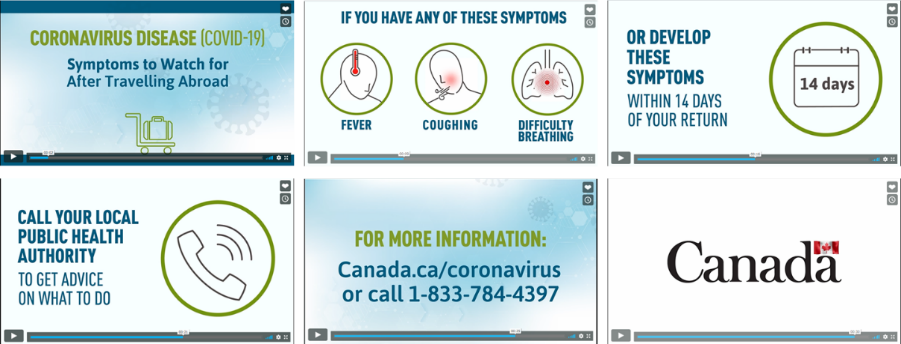
Figure 3
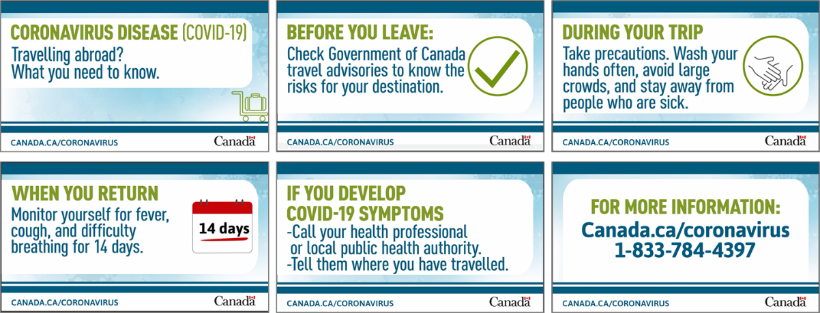
Figure 4
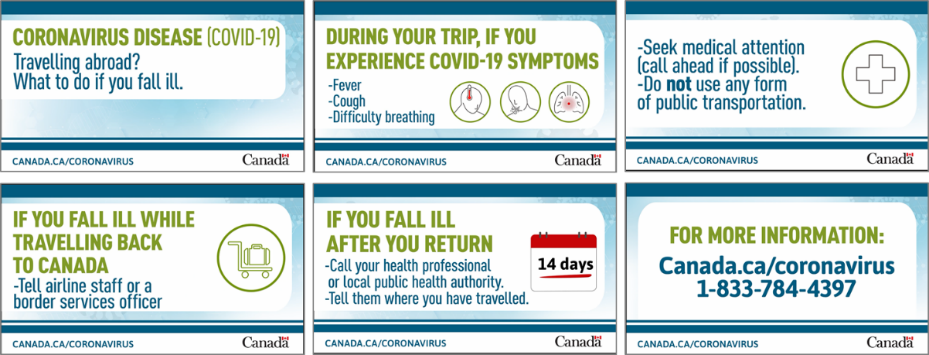
Figure 5
Figure 6: Television

Figure 7: Print
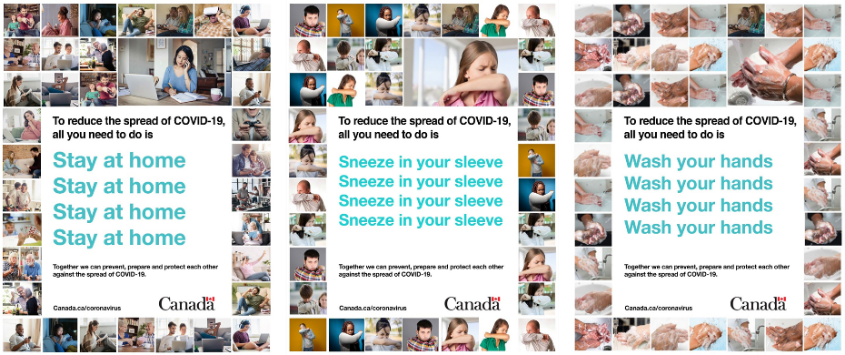
Figure 8: Web Banner

Figure 9: Television

Figure 10: Print
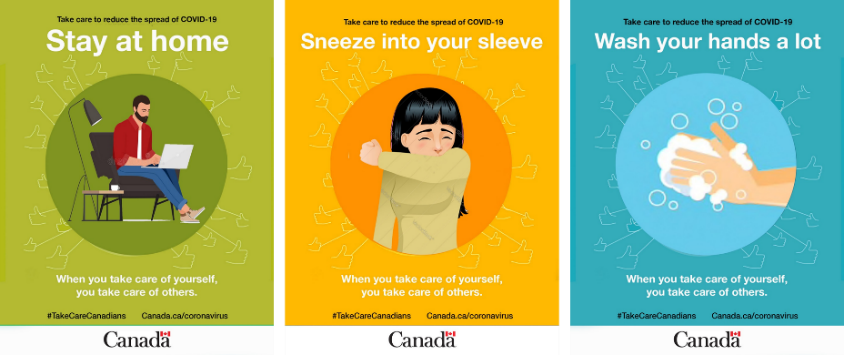
Figure 11: Web Banner
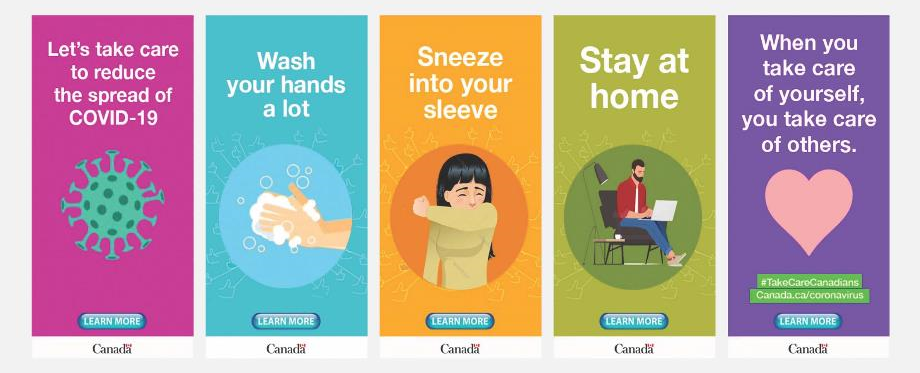
Figure 12
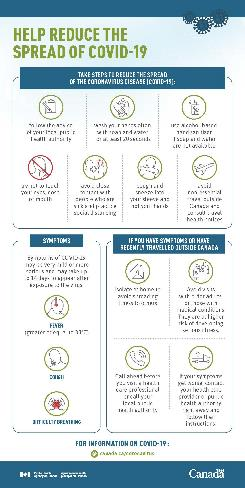
Top Selections
Bottom Choices
Other messages
Figure 13
Figure 14
| GROUP | LOCATION | LANG. | DATE | TIME | COMPOSITION | MODERATOR | |
|---|---|---|---|---|---|---|---|
| 1 | Calgary, AB |
Delta Hotels Calgary Downtown 209 Fourth Ave SE Calgary, AB T2G 0C6 |
English | Wed. Mar. 4th | 5:30 - 7:30 | Women | D. Nixon |
| 2 | 8:00 - 10:00 | Men | |||||
| 3 | Richmond, BC |
The Westin Wall Centre Vancouver Airport 3099 Corvette Way Richmond, BC V6X 4K3 |
English | Tues. Mar. 10th | 5:30 - 7:30 | Women | D. Nixon |
| 4 | 8:00 - 10:00 | Men | |||||
| 5 | Charlottetown, PEI |
Online |
English | Tues. Mar. 17th | 5:00 - 7:00 | Women | T. Woolstencroft |
| 6 | 7:30 - 9:30 | Men | |||||
| 7 | Dieppe, NB |
Online |
French | Thurs. Mar. 19th | 5:00 - 7:00 | Women | M. Proulx |
| 8 | 7:30 - 9:30 | Men | |||||
| 9 | Belleville, ON |
Online |
English | Wed. Mar. 25th | 5:00 - 7:00 | Women | D. Nixon |
| 10 | 7:30 - 9:30 | Men | |||||
| 11 | Québec City, PQ |
Online |
French | Thurs. Mar. 25th | 5:30 - 7:30 | Women | M. Proulx |
| 12 | 8:00 - 10:00 | Men | |||||
| Male | CONTINUE GROUP 2, 4, 6, 8, 10, 12 |
|---|---|
| Female | CONTINUE GROUP 1, 3, 5, 7, 9, 11 |
| Calgary | + FEMALE = GROUP 1 + MALE = GROUP 2 |
|---|---|
| Richmond | +FRENCH + FEMALE = GROUP 3 +FRENCH + MALE = GROUP 4 |
| Charlottetown | + FEMALE = GROUP 5 + MALE = GROUP 6 |
| Dieppe | + FEMALE = GROUP 7 + MALE = GROUP 8 |
| Belleville | + FEMALE = GROUP 9 + MALE = GROUP 10 |
| Québec City | + FEMALE = GROUP 11 + MALE = GROUP 12 |
| Other | THANK AND END |
| VOLUNTEERED Prefer not to answer |
THANK AND END |
| Less than two years | THANK AND END |
|---|---|
| Two years or more | CONTINUE |
| Don’t know/Prefer not to answer | THANK AND END |
| Under 18 years of age | IF POSSIBLE, ASK FOR SOMEONE OVER 18 AND REINTRODUCE. OTHERWISE THANK AND END. |
|---|---|
| 18-24 | RECORD AND CONTINUE |
| 25-34 | |
| 35-44 | |
| 45-54 | |
| 55+ | |
| VOLUNTEERED Prefer not to answer |
THANK AND END |
| NO DU GROUPE | LIEU | LANGUE | DATE | HEURE | COMPOSITION DU GROUPE | MODÉRATEUR | |
|---|---|---|---|---|---|---|---|
| 1 | Calgary, AB |
Delta Hotels Calgary Downtown 209 Fourth Ave SE Calgary, AB T2G 0C6 |
Anglais | Mercredi 4 mars | 5:30 - 7:30 | Femmes | D. Nixon |
| 2 | 8:00 - 10:00 | Hommes | |||||
| 3 | Richmond, BC |
The Westin Wall Centre Vancouver Airport 3099 Corvette Way Richmond, BC V6X 4K3 |
Français | Mardi 10 mars | 5:30 - 7:30 | Femmes | D. Nixon |
| 4 | 8:00 - 10:00 | Hommes | |||||
| 5 | Charlottetown, PEI | En ligne | Anglais | Mardi 17 mars | 5:00 - 7:00 | Femmes | T. Woolstencroft |
| 6 | 7:30 - 9:30 | Hommes | |||||
| 7 | Dieppe, NB | En ligne | Français | Jeudi 19 mars | 5:00 - 7:00 | Femmes | M. Proulx |
| 8 | 7:30 - 9:30 | Hommes | |||||
| 9 | Belleville, ON | En ligne | Anglais | Mercredi 25 mars | 5:00 - 7:00 | Femmes | D. Nixon |
| 10 | 7:30 - 9:30 | Hommes | |||||
| 11 | Québec City, PQ | En ligne | Français | Jeudi 26 mars | 5:30 - 7:30 | Femmes | M. Proulx |
| 12 | 8:00 - 10:00 | Hommes | |||||
| Homme | CONTINUER GROUPES 2, 4, 6, 8, 10, 12 |
|---|---|
| Femme | CONTINUER GROUPES 1, 3, 5, 7, 9, 11 |
| Calgary | + FEMME = GROUPE 1 + HOMME = GROUPE 2 |
|---|---|
| Richmond | + FRANÇAIS + FEMME = GROUPE 3 + FRANÇAIS + HOMME = GROUPE 4 |
| Charlottetown | + FEMME = GROUPE 5 + HOMME = GROUPE 6 |
| Dieppe | + FEMME = GROUPE 7 + HOMME = GROUPE 8 |
| Belleville | + FEMME = GROUPE 9 + HOMME = GROUPE 10 |
| Québec City | + FEMME = GROUPE 11 + HOMME = GROUPE 12 |
| Other | REMERCIER ET CONCLURE |
| RÉPONSE SPONTANÉE Préfère ne pas répondre |
REMERCIER ET CONCLURE |
| Moins de deux ans | REMERCIER ET CONCLURE |
|---|---|
| Deux ans ou plus | CONTINUER |
| Ne sais pas/Préfère ne pas répondre | REMERCIER ET CONCLURE |
| Moins de 18 ans | SI POSSIBLE, DEMANDER À PARLER À UNE PERSONNE DE 18 ANS OU PLUS ET REFAIRE L’INTRODUCTION. SINON, REMERCIER ET CONCLURE. |
|---|---|
| 18 à 24 ans | NOTER L’ÂGE ET CONTINUER |
| 25 à 34 ans | |
| 35 à 44 ans | |
| 45 à 54 ans | |
| 55 ans ou plus | |
| RÉPONSE SPONTANÉE Préfère ne pas répondre | REMERCIER ET CONCLURE |
Figure 1: Facebook: Prevention

Figure 2: Facebook: Symptoms After Travelling
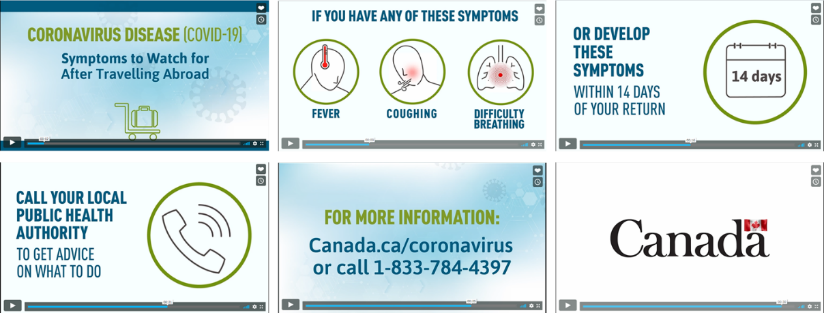
Figure 3: Twitter: Travel Safely
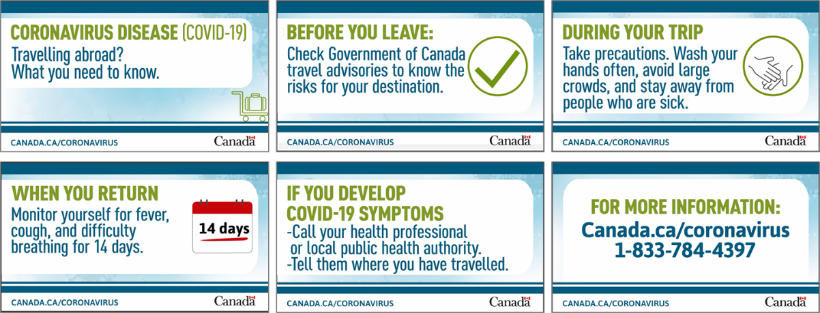
Figure 4: Twitter: Falling Ill While Travelling
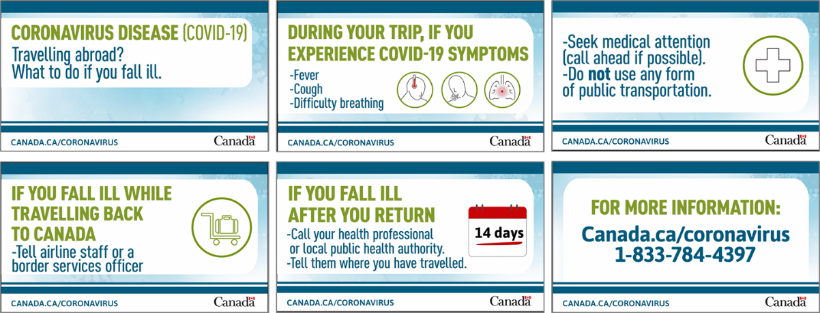
Figure 6: Television Concept 1

Figure 7: Print Concept 1

Figure 8: Web Banner Concept 1

Figure 9: Television Concept 2

Figure 10: Print Concept 2
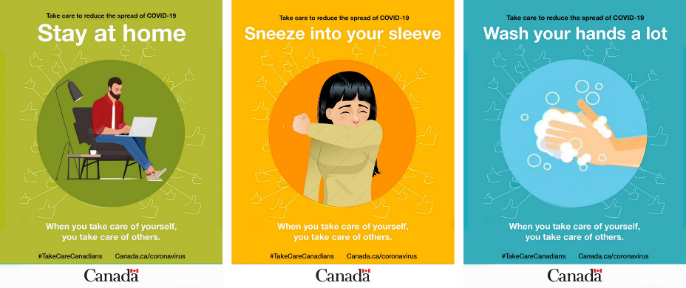
Figure 11: Web Banner Concept 2

Figure 12: Help Reduce the Spread of COVID-19 Postcard
